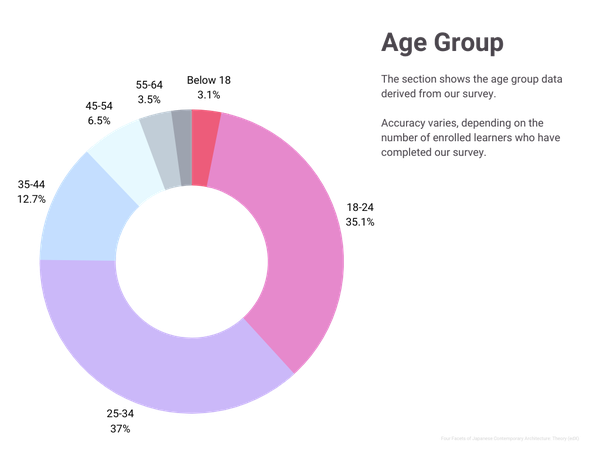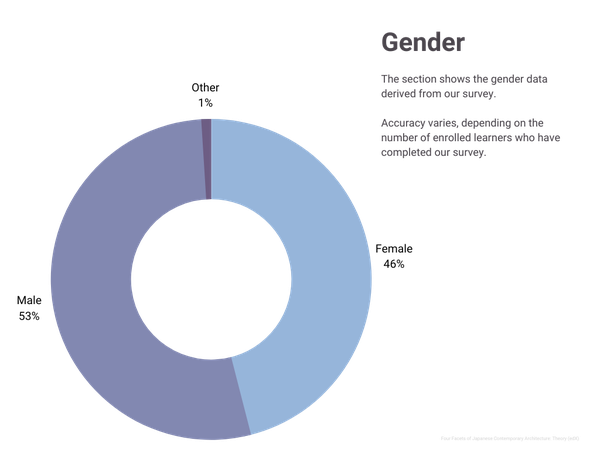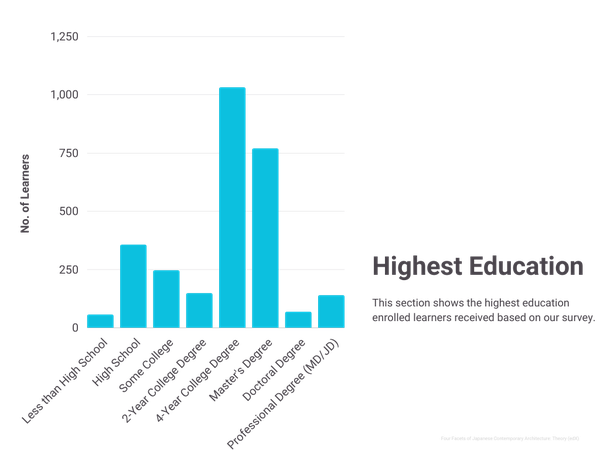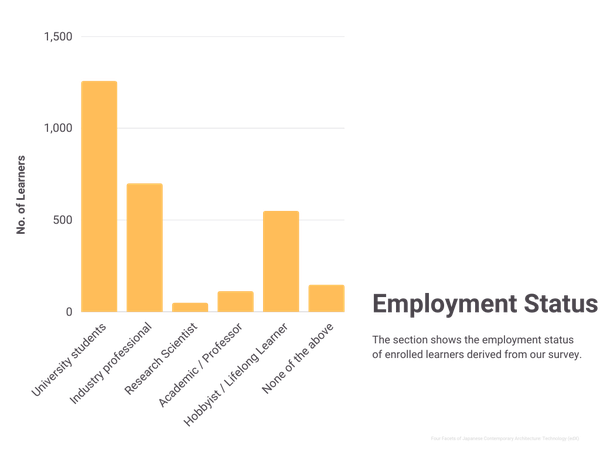Four Facets of Contemporary Japanese Architecture: Theory
This series will explore four facets of contemporary Japanese architecture; theory, technology, city, and humans. It will also span five generations of architects since Kenzo Tange. Through lectures by instructors and discussions with the most influential Japanese architects, the course will trace the development of contemporary Japanese architecture and will consider its future direction. In this first course, we will focus on one of the four facets of Japanese architecture: theory. The theory portion will feature discussions with architects who played a significant role in influencing the development of theoretical frameworks that contributed to guiding contemporary Japanese architecture. Terunobu Fujimori, Arata Isozaki, Hisao Kohyama, Kengo Kuma, Hidetoshi Ohno, and Kazuyo Sejima will visit their buildings and discuss the ideas behind their respective works. In the coming courses on technology, city, and humans, the following leading Japanese architects will discuss their work — Tadao Ando, Shigeru Ban, Manabu Chiba, Sou Fujimoto, Hiroshi Hara, Itsuko Hasegawa, Toyo Ito, Kengo Kuma, Fumihiko Maki, Kazuhiko Namba, Yusuke Obuchi, Satoko Shinohara, Yoshiharu Tsukamoto, and Riken Yamamoto. Don’t miss the rest of this great series!
Supported Language(s): Japanese, English
Instructor(s)
Instructors' Voices
In this course, you will learn about:
- Development of contemporary Japanese architecture since the 1964 Tokyo Olympics
- Features of works of influential Japanese architects
- Theories behind practices in contemporary Japanese architecture
- Present concerns and potential future directions for contemporary Japanese architecture
Highlights
Highlight video: Four Facets of Contemporary Japanese Architecture: Theory1
Highlight video: Four Facets of Contemporary Japanese Architecture: Theory2
Highlight video: Four Facets of Contemporary Japanese Architecture: Theory3
Learners' Statistics






Learners' Voices
-
Student A
I visited Japan a few months ago, and I was looking forward to learn more the insides and history of what I experienced. It was an excellent experience to know not only the work of the architects, but guided by the Architects themselves. I think Obuchi-San did an excellent job in the entire course, specially in the interviews by guiding the Architects the best way in order to understand their ideas. I really enjoyed listening to Prof. Kuma, as I have admired him since my first years in architecture. The last module was an excellent way of summarizing the Architects ideas and theories. I'm extremely fulfilled by this course, and would like to thank every architect, Obuchi, Prof. Kuma, and the staff for their time and dedication. I'm looking forward to taking the next courses with Obuchi-San and Prof. Kuma.
-
Student B
I think the course was a good introduction to the principles and approaches of post war Japanese architects. It gave me a good understanding of the body of theoretical knowledge that contemporary Japanese architects have at their disposal.
-
Student C
I have thoroughly enjoyed this very high quality course, thank you very much for conceptualising it, for developing it, for producing it, and for presenting it! I learnt a lot, and it was a great pleasure to learn with you.
-
Student D
With excellent camera works, I felt I wanted to visit each site, even to some which I have already visited several times. I liked the dramatic music very much as well.

